You’ve probably heard the term keyword density tossed around in SEO conversations.
But what exactly is it? Should you care about it in 2025?
What do the folks at Google really think about it? And how do you calculate it without opening a spreadsheet or breaking into a cold sweat?
If questions like these have been floating around your head (or your content calendar), you’re in exactly the right place.
In this article, I discuss what is keyword density in SEO, why it’s worth paying attention to, how to calculate it easily, and how to get it right without sounding like you’re trying to game the algorithm.
Key Takeaways
- Keyword density refers to how often a keyword appears in your content compared to the total word count. It is calculated using the formula: (Keyword mentions ÷ Total words) × 100.
- Google does not use keyword density as a direct ranking factor. However, it helps search engines understand the context of your content.
- Ideal keyword density has no universal rule, although YoastSEO suggests that a 0.5%-3% is a good range to stay within.
- Keyword placement matters more than density. The key spots to include your keywords are the title, H1, subheadings, first paragraph, meta description, and alt text.
What Is Keyword Density?
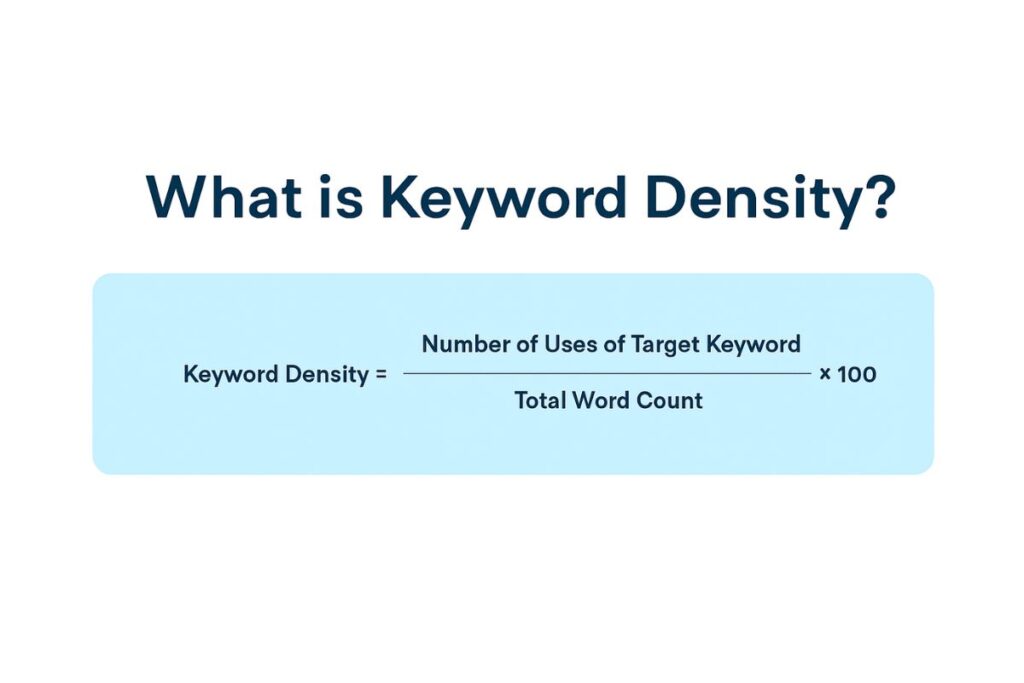
Before anything else, it is important to understand what is keyword density.
Keyword density is just the percentage of times a target keyword appears in your content compared to the total word count. It’s simple math.
Here’s a formula you could use to calculate keyword density:
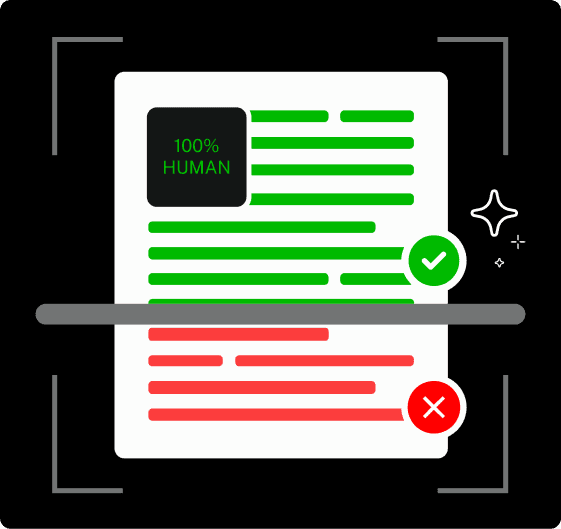
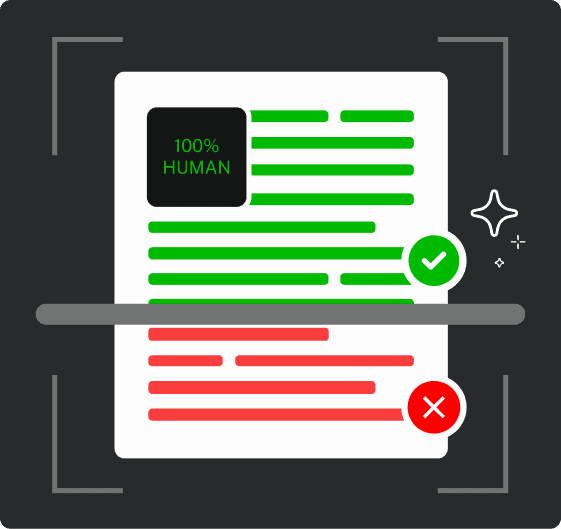
Never Worry About AI Detecting Your Texts Again. Undetectable AI Can Help You:
- Make your AI assisted writing appear human-like.
- Bypass all major AI detection tools with just one click.
- Use AI safely and confidently in school and work.
(Number of times the keyword appears / Total word count) x 100 = Keyword Density
If, let’s say, you wrote a 500-word article and dropped the phrase “organic skincare” in there 10 times, your keyword density will be:
(10 ÷ 500) x 100 = 2% keyword density.
Why Keyword Density Matters for SEO
Let’s clear this up: keyword density is not a direct ranking factor.
You could hit the “perfect” percentage and still never make it past page two on Google.
Google’s own John Mueller said in a 2021 Reddit thread that keyword density isn’t a key factor Google uses to rank pages.
He flat-out denied that repeating a keyword a certain number of times helps with SEO in any measurable way.
Matt Cutts, former head of Google’s Webspam team, explains it better in one of his Google Search Central videos.
According to Matt, the first few times you mention a keyword, it’s super helpful for a search engine, or at least Google, to understand what your page is about so it can match you to the right searches.
Although the video is old, the fact still remains to this date.
But after a point, it starts hurting you. If you repeat a keyword 7 or 8 times within 300-400 words, that doesn’t mean you’ll rank higher, instead, your ranking may go down.
Why? Because it will be hard to read the text and get the actual value out of it when there are keywords stuffed every other paragraph.
There are tools, however, that help you naturally balance keyword usage, and Undetectable AI SEO Writer is one of them.
What’s better is that in doing so, Undetectable also preserves a human, conversational tone. The AI Detector and Humanizer feature ensures your content doesn’t feel like it was spat out by a machine.
Ideal Keyword Density Range
Referring back to the now-classic Google Search Central video, when asked about what is a good keyword density, Matt Cutts explains there’s no ideal number that guarantees a ranking boost.
As long as your content sounds natural when read aloud, you’re on the right track. Cutts also points out that the “right” density will vary by topic, by niche, and by what’s already ranking on page one.
There’s no universal rule. What’s best for an article on skincare may be totally off for a post on B2B SaaS pricing strategies.
That said, if you’re the kind of person who really wants a number to guide your writing, the WordPress plugin, Yoast SEO, suggests keeping keyword density between 0.5% and 3%.
How to Calculate Keyword Density
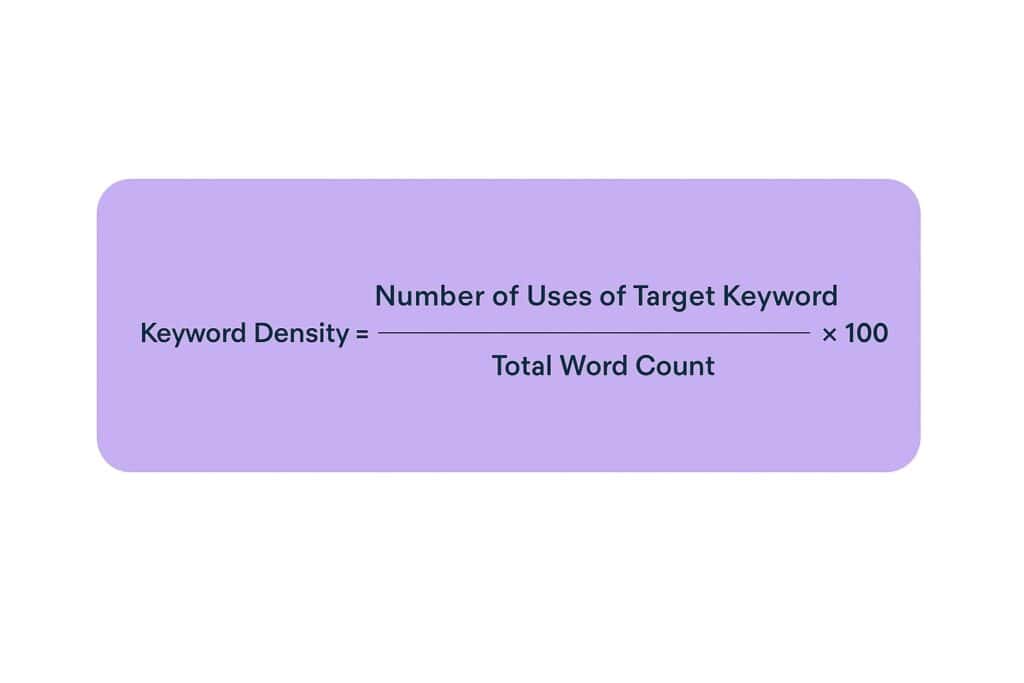
Calculating keyword density is actually super doable.
There are two main ways to go about it: using a keyword density checker tool, or doing the math manually.
If you want the shortcut, just paste your content into an online keyword density checker like:
- SEO Review Tools
- SEMrush
- Prepost SEO Keyword Density Checker
- Yoast SEO WordPress plugin
These tools not only calculate how often your keyword appears, but they also tell you where it shows up in your content.
Now, if you’re more of a hands-on type, try calculating keyword density manually using the formula we talked about earlier.
(Number of times the keyword appears / Total word count) x 100 = Keyword Density
To demonstrate the manual process, I’ll use Undetectable AI Chat to write us a paragraph about email marketing tools.
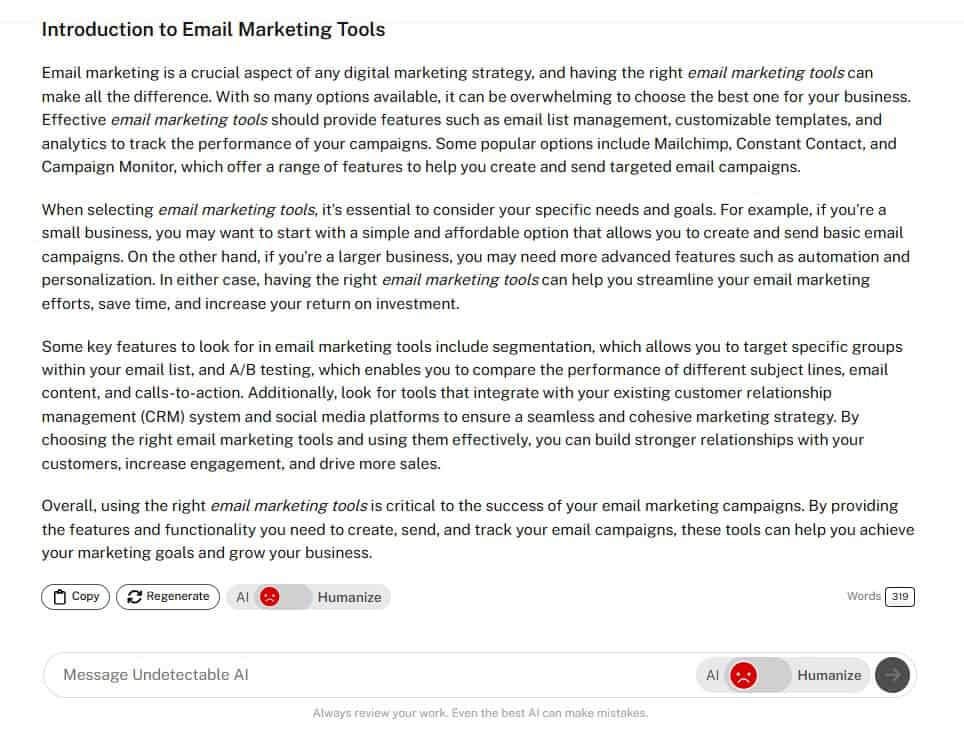
Notice how the AI Chat already provides a word count for the content it generates. You can also verify the word count by copying the text and pasting it into the free Undetectable AI Word Counter tool to get an exact word count.
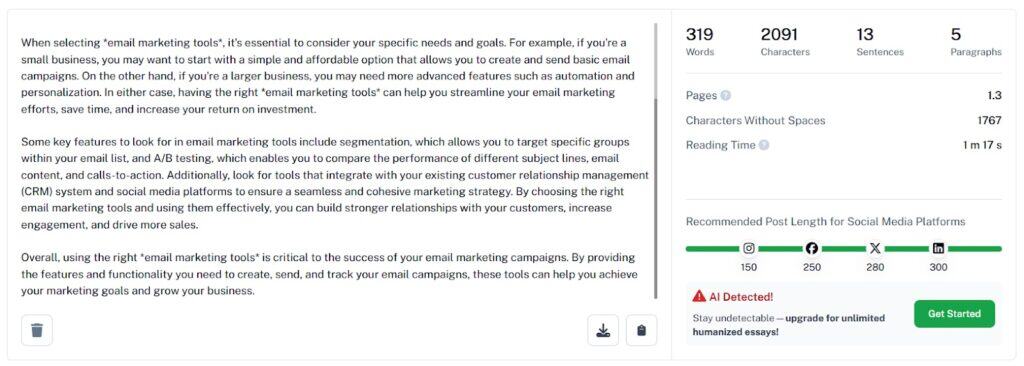
Also, use Ctrl+F (or Cmd+F) to highlight how many times the keyword “email marketing tools” appears in our text, (i.e., 6 times in our text).

Once we have all the numbers, simply plug them into the formula:
(Keyword mentions ÷ Total words) × 100
6/319 x 100 = 1.88%
Common Mistakes with Keyword Density
Here are the most common mistakes people make when dealing with keyword density.
- Using the Same Keyword Over and Over: Too many people still believe that cramming their target keyword into every sentence is a winning strategy. It’s not. It’s annoying. Worse, it screams that you’re trying too hard to rank, and frankly, both readers and the bots at Google spot it from miles away.
- Ignoring Synonyms and Related Terms: Of course, you want to rank for your main keyword, but that does not mean you have to repeat it exactly the same way every time. Google knows how synonyms and variations work. If you only use your exact target keyword and ignore similar terms, you leave search value on the table.
- Obsessing Over a ‘Perfect’ Percentage: Some people live and die by keyword density calculators. But if you write only to hit a 2% keyword density because your tool says so, you’re missing the forest for the trees. Use keyword tools to get a sense of direction, but not to micromanage every sentence.
How to Improve Keyword Density Without Stuffing
Now that we know the mistakes, let’s talk about how to actually fix them.
Don’t start your draft thinking about keywords at all.
Just focus on getting your message across. Once you have a draft in place, then you can go back and look for ways to gently work in the keyword.
Also, use keyword variations instead of repeating the exact same phrase. Not only does this make your writing more engaging, but it also helps you rank for related search terms.
Be intentional about your keyword placements.
Make sure it shows up in high-impact positions like your title, first paragraph, subheadings, meta description, and maybe your image alt tags.
Keyword Density vs. Keyword Placement
It’s not just how often you use a keyword, but where you use it that really moves the SEO needle.
Keyword placement means putting your keywords in the right structural hot spots, such as:
- Title
- H1
- Subheadings (H2s, H3s)
- Opening paragraph
- Meta description
- Image alt text
You don’t need to repeat your main keyword ten times.
Just placing it once in the title, once in a subhead, once in the first 100 words, and a few times spread throughout the text is more than enough. Combined with step-by-step website structure planning, strategic keyword placement ensures your content is easily understood by search engines and users alike, boosting both rankings and readability.
And when you’re struggling to vary how or where your keywords appear, this is where Undetectable AI Chat really earns its stripes.
You can prompt it to rewrite your text and specifically ask for alternate keyword placements.
For example, “Rewrite this section and naturally include the keyword ‘sustainable skincare’ in either the opening sentence or the subheading.”
The Undetectable AI SEO Writer is also very good at weaving your primary and secondary keywords into your subheadings.
You can, for example, ask it to generate you 5 different examples of SEO-friendly H1s for a blog about email marketing tools making sure the keyword, “best email marketing tools” appears in the header.
Best Tools to Analyze Keyword Density
You’ll find hundreds of tools for keyword density analysis on the internet. Here are our top three picks.
1. SEMrush
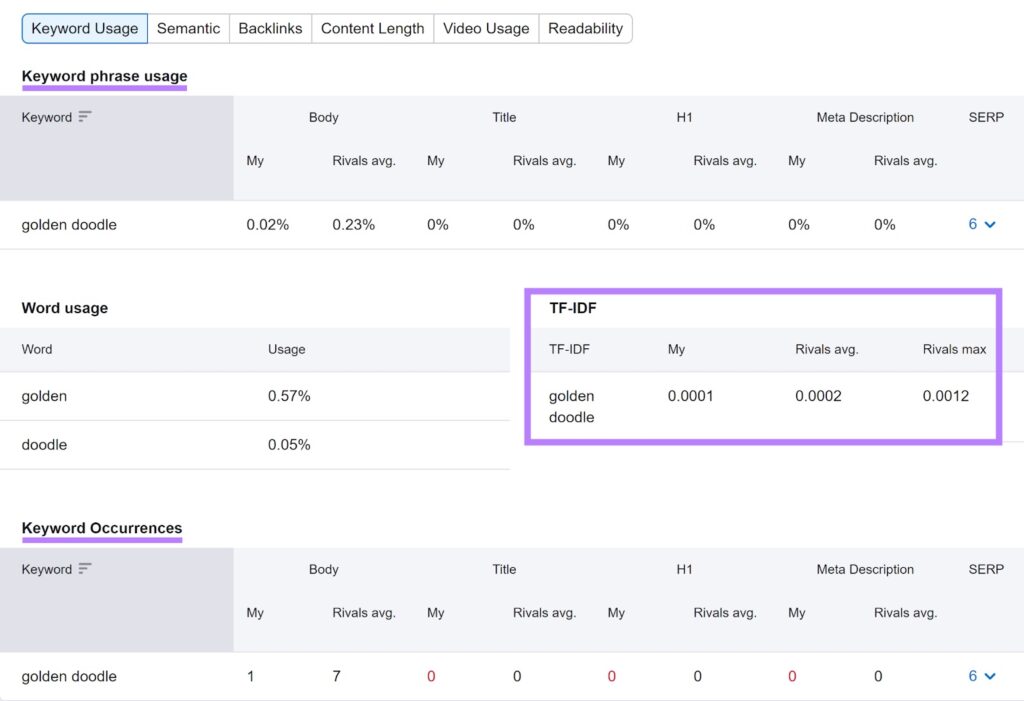
Semrush, more widely known for keyword research, also has a seriously underrated keyword density checker built right into the On-Page SEO Checker.
What makes it genuinely useful is how it lets you compare your keyword usage to what’s already working for top-ranking pages.
So, if your competitors are using your target phrase five times in their headings and you’ve only got it once in a subhead, Semrush will call that out.
However, it is not the most beginner-friendly and is also behind a paywall.
2. Small SEO Tools
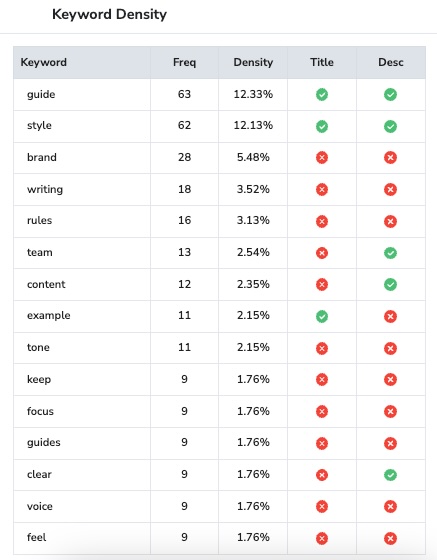
Small SEO Tools is a simpler, free tool where you just paste in your content or a URL, and it churns out a clean report that shows which keywords show up most and whether they appear in your title, meta description, or header tags.
It also strips out common stop words (like “the” or “and”) so you only analyze keywords that matter for SEO.
3. YoastSEO
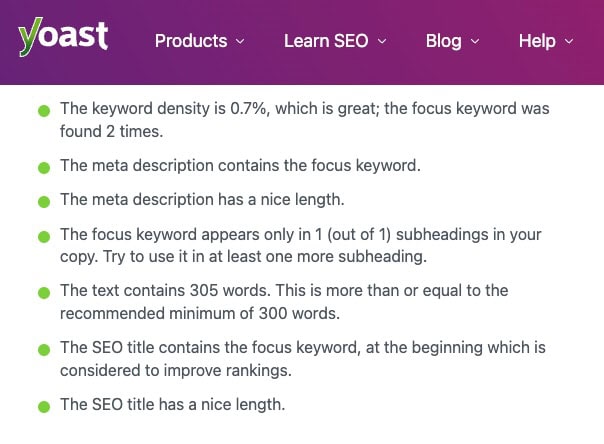
Yoast SEO is refreshingly simple, which is exactly why WordPress users love it.
Its keyword density checker works inside the editors like WordPress, Shopify, etc.
You can also access Yoast’s real-time content analysis tool for free here.
It gives you real-time feedback as you write, so you don’t have to copy-paste into a separate tool.
The tool flashes green, orange, or red for different keywords to let you know if you’re on track with your keyword density or overdoing it.
There’s a free version of Yoast SEO that works just fine, you can also unlock a Pro plan at $99/year for more SEO insights.
Keyword Density for Different Content Types
We’ve established how keyword density isn’t a one-size-fits-all deal.
A blog post, a resume, and a college essay all have wildly different goals, audiences, and tone. Naturally, your keyword game needs to shift accordingly.
Take resumes and cover letters, for example. They must be written to impress a recruiter and pass through the Applicant Tracking Systems.
And you could easily get filtered out, despite being 100% qualified for the job, just because your resume didn’t echo the keywords in the job description.
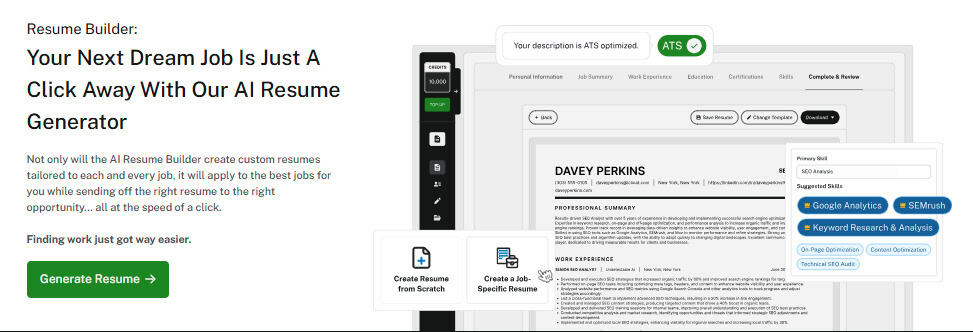
Use Undetectable AI Resume Builder and Cover Letter Generator to actually build your job documents around the keywords hiring bots are looking for.
Academic keyword use is different. You must include subject-specific words and ensure you’re not stuffing some keyword 20 times into a paper.
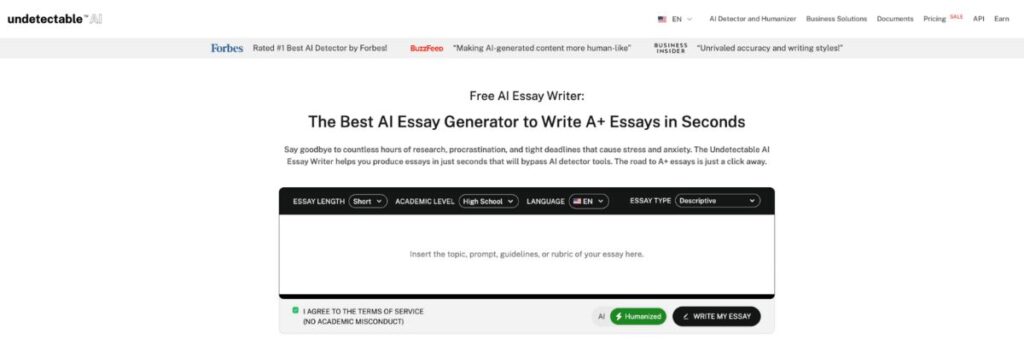
Undetectable AI Essay Writer helps you write essays that hit the mark for both clarity and keyword richness.
And of course, when you’re writing for SEO, like blog posts, landing pages, or ecommerce descriptions, your keyword placements matter much more than just density.
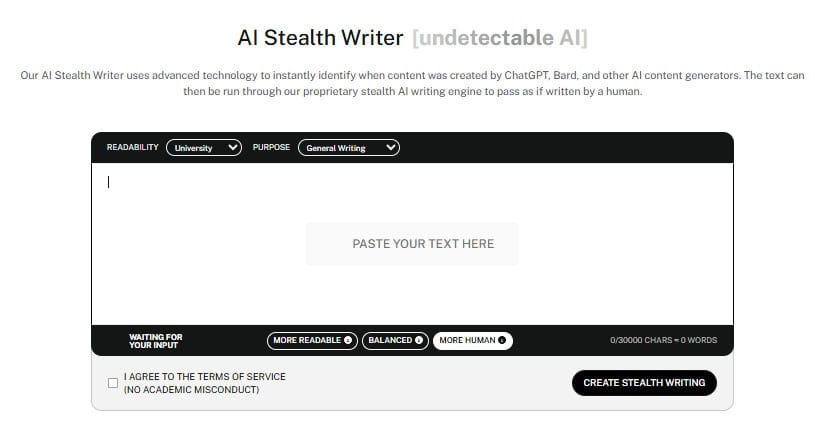
Here, the Undetectable AI Stealth Writer comes in strong. It generates SEO-friendly content that reads naturally and doesn’t get flagged as AI-written.
You can also prompt it to work in keyword phrases and variations, and it knows how to position them in the title, headers, intro, and in image alt text.
Want to give our AI Detector and Humanizer a spin? They’re right below!
Conclusion
To conclude, what is keyword density if not the delicate balance between visibility and readability in your SEO strategy?
It really is one of those SEO elements that’s simple in theory but relatively easy to mess up.
Use your target keyword too little, and search engines will never not know what your content is about.
Use it too much, and it’ll feel forced and spammy.
If you’re serious about SEO optimized writing, which could be a blog post, landing page, resume, or essay, Undetectable AI has you covered.
Explore our suite of tools that work for different purposes and naturally take care of keyword density in the content they produce.
The best part about it is that the text is humanized to sound like it was written by an actual person.
Try using Undetectable AI today.
